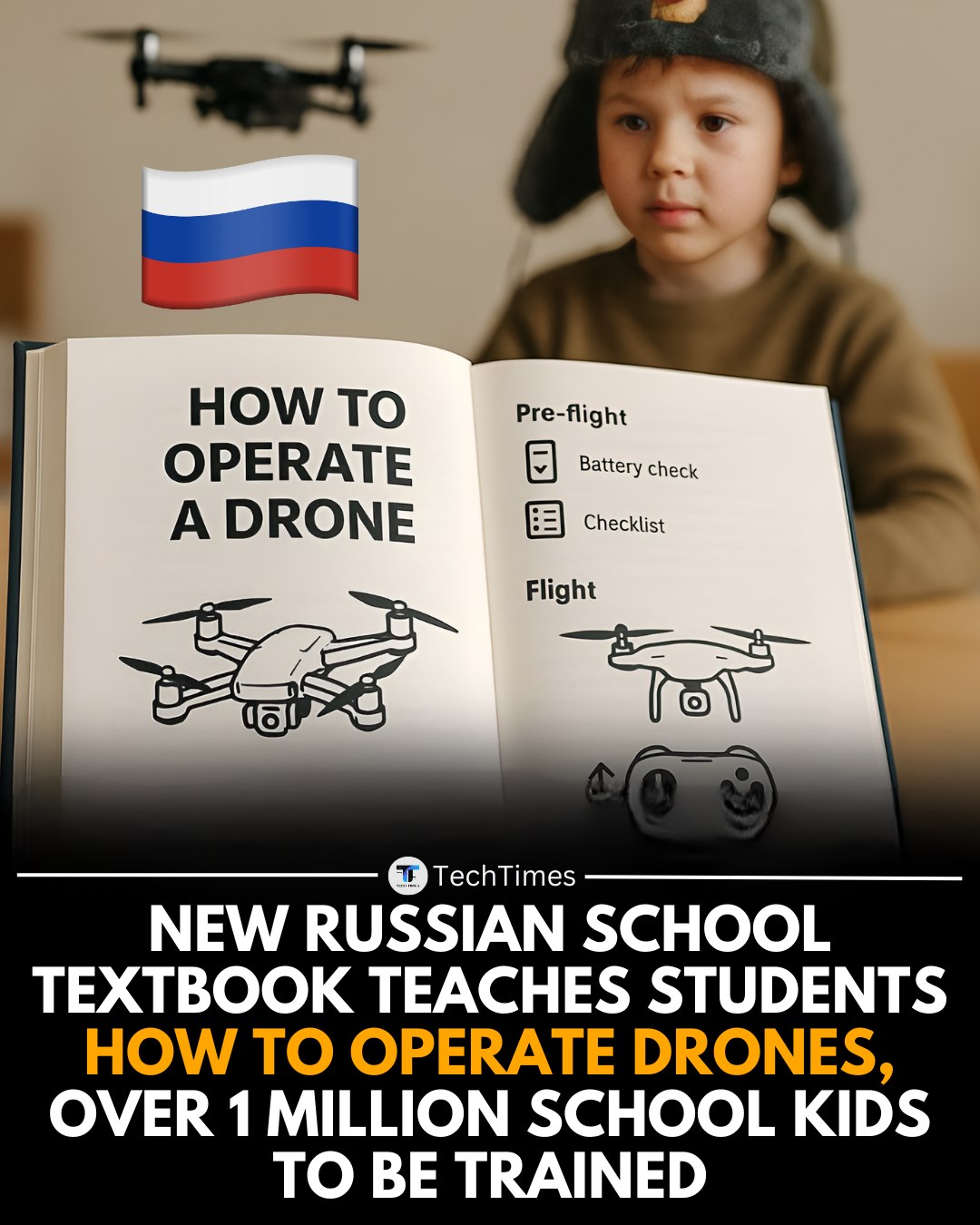Russia is taking STEM education to a new—and controversial—level. A newly introduced school curriculum now includes formal drone operation lessons, with over 1 million students expected to be trained nationwide.
The textbook, titled How to Operate a Drone, is designed for 8th and 9th graders and teaches everything from basic flight mechanics to electronic systems, programming, and real-world applications. It’s part of a state-backed initiative to ramp up the country’s technological self-reliance and prepare youth for careers in both civilian tech and national defense.
What makes this move especially noteworthy is its dual-use implications. While it promotes robotics and engineering literacy, critics warn that it could also serve as a pipeline to militarized drone operations—especially in light of the ongoing Ukraine conflict and reports linking the program to military-industrial stakeholders.
With geopolitical tensions high, this education push raises important questions: Are these kids being prepared for the workforce of tomorrow—or the battlefield of the future?
#DroneEducation #STEMRussia #FutureTech #Geopolitics #MilitaryTech
The textbook, titled How to Operate a Drone, is designed for 8th and 9th graders and teaches everything from basic flight mechanics to electronic systems, programming, and real-world applications. It’s part of a state-backed initiative to ramp up the country’s technological self-reliance and prepare youth for careers in both civilian tech and national defense.
What makes this move especially noteworthy is its dual-use implications. While it promotes robotics and engineering literacy, critics warn that it could also serve as a pipeline to militarized drone operations—especially in light of the ongoing Ukraine conflict and reports linking the program to military-industrial stakeholders.
With geopolitical tensions high, this education push raises important questions: Are these kids being prepared for the workforce of tomorrow—or the battlefield of the future?
#DroneEducation #STEMRussia #FutureTech #Geopolitics #MilitaryTech
Russia is taking STEM education to a new—and controversial—level. A newly introduced school curriculum now includes formal drone operation lessons, with over 1 million students expected to be trained nationwide.
The textbook, titled How to Operate a Drone, is designed for 8th and 9th graders and teaches everything from basic flight mechanics to electronic systems, programming, and real-world applications. It’s part of a state-backed initiative to ramp up the country’s technological self-reliance and prepare youth for careers in both civilian tech and national defense.
What makes this move especially noteworthy is its dual-use implications. While it promotes robotics and engineering literacy, critics warn that it could also serve as a pipeline to militarized drone operations—especially in light of the ongoing Ukraine conflict and reports linking the program to military-industrial stakeholders.
With geopolitical tensions high, this education push raises important questions: Are these kids being prepared for the workforce of tomorrow—or the battlefield of the future?
#DroneEducation #STEMRussia #FutureTech #Geopolitics #MilitaryTech








